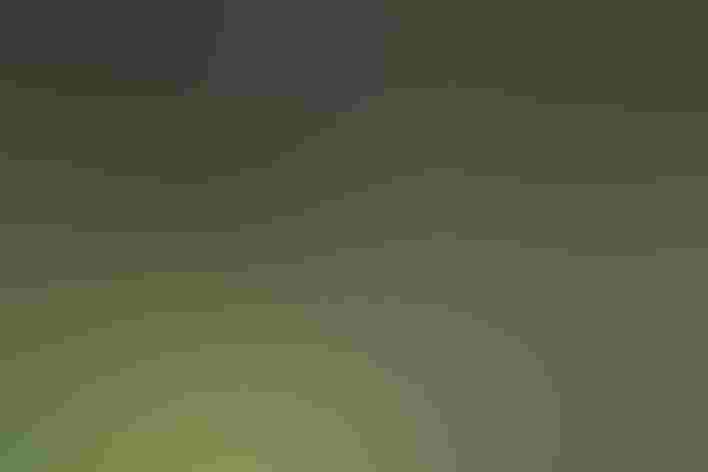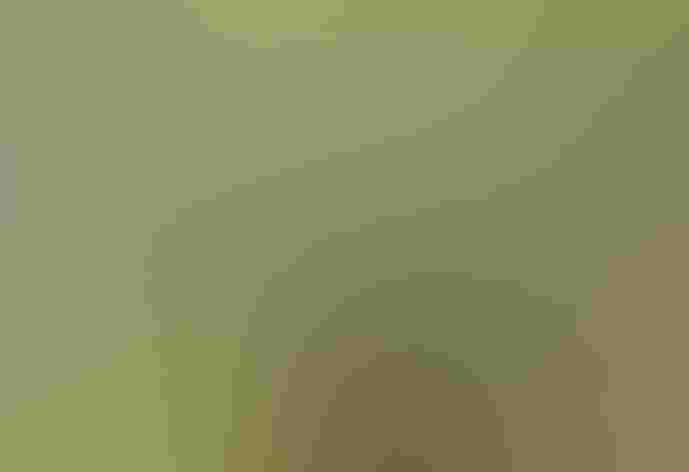Bell’s Vireo
At a Glance
When it is glimpsed in low brushy thickets of the Midwest or Southwest, this bird looks totally nondescript. When it is heard, however, it is easy to recognize, singing a jumbled clinking song, as if it had a mouthful of marbles. The species has become less common in recent years in many parts of its range, partly because it is a frequent victim of cowbird parasitism; many pairs of Bell's Vireos succeed in raising only cowbirds, not their own young.
All bird guide text and rangemaps adapted from by Kenn Kaufman© 1996, used by permission of Houghton Mifflin Harcourt Publishing Company. All rights reserved.
Category
Perching Birds, Vireos
IUCN Status
Least Concern
Habitat
Arroyos and Canyons, Desert and Arid Habitats, Forests and Woodlands, Shrublands, Savannas, and Thickets
Region
California, Florida, Great Lakes, Plains, Rocky Mountains, Southeast, Southwest, Texas
Behavior
Direct Flight, Flitter, Rapid Wingbeats, Undulating
Population
5.700.000
Range & Identification
Migration & Range Maps
Migrates mostly at night. Arrives in Southwest in March, but does not reach northernmost nesting areas until May.
Description
4 3/4 -5" (12-13 cm). Confusingly plain, with dull wing-bars, indistinct eye-ring. Note bill shape, rather long-tailed look. Gray Vireo, even more colorless, has stronger eye-ring.
Size
About the size of a Sparrow
Color
Black, Gray, Green, White, Yellow
Wing Shape
Rounded
Tail Shape
Notched, Square-tipped
Songs and Calls
Fast, warbled tweedle-deedle-dum? tweedle-deedle-dee! First phrase up, second phrase down.
Call Pattern
Flat, Undulating
Call Type
Buzz, Chirp/Chip, Whistle
Habitat
Willows, streamsides. Breeds in low dense growth, especially in second-growth scrub or brushy fields in Midwest, streamside thickets in Southwest, but also locally in chaparral, woodland edges, or scrub oaks. Winters in the tropics in dense low scrub, mostly near water.
Sign up for ÃÛèÖAPP's newsletter to learn more about birds like the Bell's Vireo
Behavior
Eggs
3-5, usually 4. White, usually with dots of brown or black concentrated at larger end. Incubation is by both parents (but females do more), about 14 days.
Young
Both parents feed the nestlings. Young leave the nest about 11-12 days after hatching, are fed by parents for at least another 3 weeks.
Feeding Behavior
Usually forages in low brush, within 12' of ground, but occasionally will feed much higher. Searches for insects among foliage, sometimes hovering while picking items from leaves or twigs; occasionally flies out to catch insects in mid-air.
Diet
Mostly insects. In breeding season, feeds almost entirely on insects, especially large ones, including caterpillars, stink bugs, wasps, bees, and weevils, also many others. Eats some spiders, and a very few berries. Winter diet unknown.
Nesting
Male defends nesting territory with incessant singing. In courtship, male may chase female; members of pair often posture and display to each other during early stages of nest building. Nest site is in low shrub or sapling, usually 2-5' above the ground and placed in a fork of a horizontal twig. Nest (built by both sexes) is a small hanging cup, its rim firmly woven into fork; made of grass, weeds, plant fibers, leaves, and strips of bark, bound with spiderwebs. Inside may be padded with feathers, plant down, moss, then lined with fine grass. Spider egg cases often added to outside.
Conservation
Conservation Status
Apparently holding steady in parts of Southwest. However, declining in the Midwest and especially in California, where it is now endangered. Habitat loss and cowbird parasitism are major threats.
Climate Threats Facing the Bell's Vireo
Choose a temperature scenario below to see which threats will affect this species as warming increases. The same ÃÛèÖAPP change-driven threats that put birds at risk will affect other wildlife and people, too.





